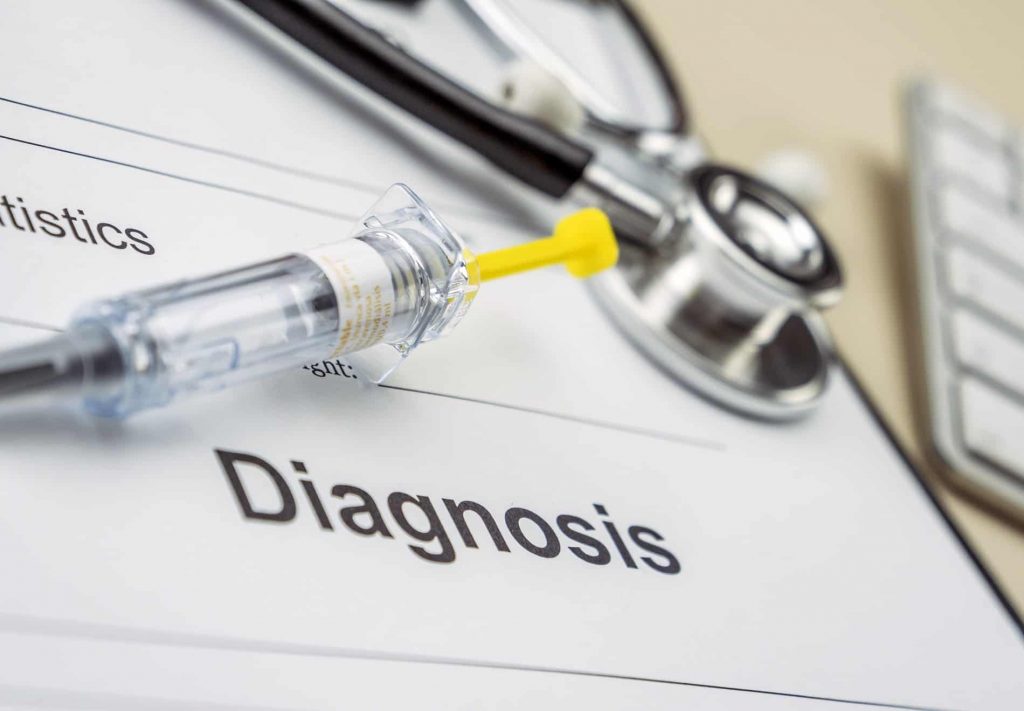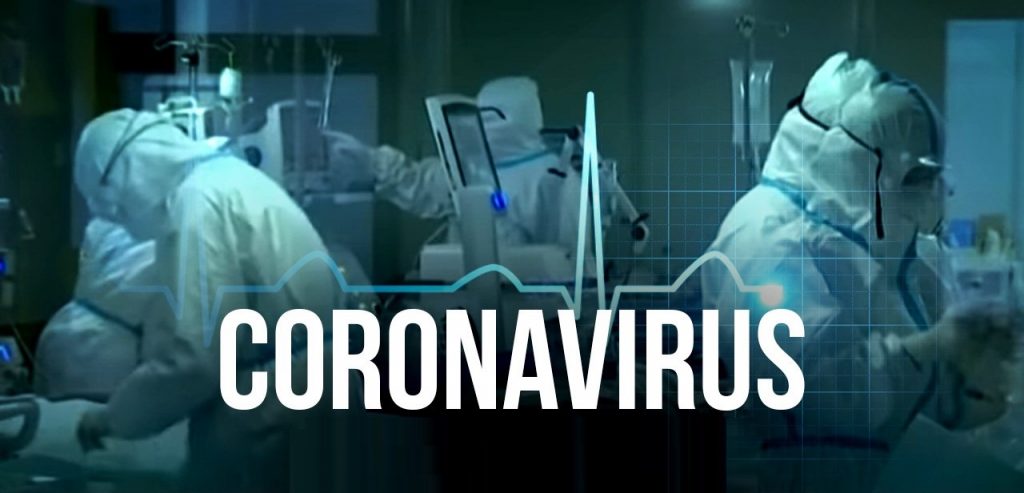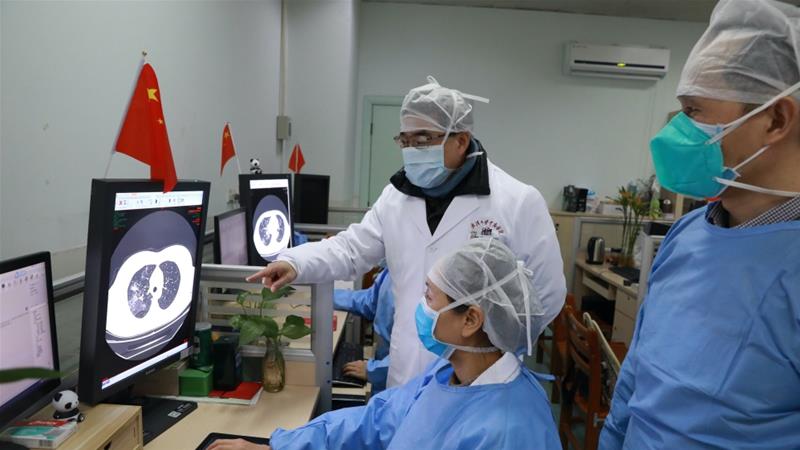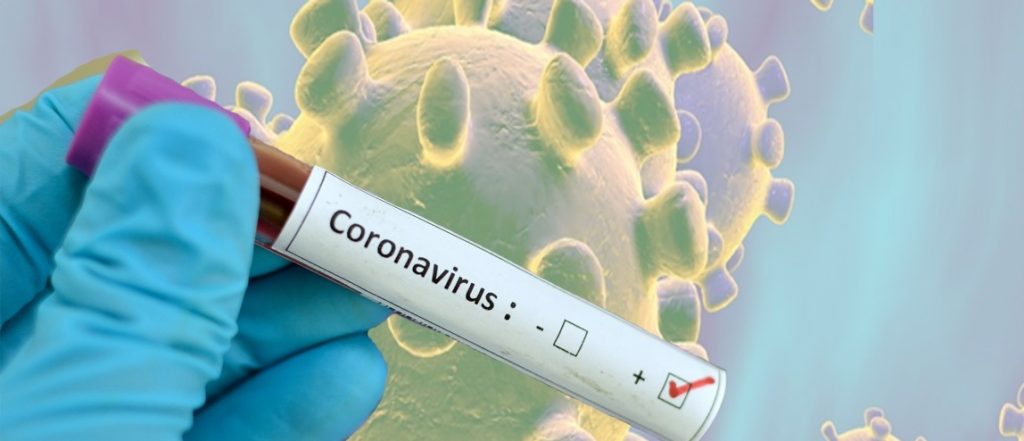A new coronavirus was found as the leading cause of several pneumonia cases in the city of China, Wuhan, at the end of the year 2019. Several laboratories confirmed that these cases are existing in China, and the number of diagnosed cases is increasing day by day. The majority of these cases are coming from Hubei province and its surrounding areas. Globally this viral spread has reached several countries as Europe, Asia, Australia, states in the US as Canada, Massachusetts, Arizona, Illinois, and Washington state.
Investigations for the epidemiology of this virus have identified that its initial association was found to be with the seafood market in China, where people were relatively more prone to infections and viral transmissions. These seafood were more than seafood as they used to trade in all types of wild animals as snakes, bats, rabbits, and others.

As the outbreak prevailed, it was found that a few cases were not in proximity to seafood markets, whereas these cases were caused on account of human-to-human transmission of the virus. A full sequence of the viral genome and phylogenic analysis of the virus showed that coronavirus is actually a beta coronavirus which is also associated with SARS (severe acute respiratory syndrome) and MERS (middle east respiratory syndrome).
This viral sequencing is found similar to bat coronavirus, which has made them the primary source of this viral disease. However, the exact mechanism of viral transmission (either it is directly transmitted or transmitted through bats to other organisms and then humans) is still hidden or uncertain.
Evaluation, clinical suspicion, and diagnosis of coronavirus:
The initial management approach of the disease should always be focused on early identification of the suspected cases, their immediate isolation from the rest of the population, and the implementation of measures to control the infections. Generally, the probability of coronavirus is more in patients with symptoms of lower respiratory tract and fever, or have recently traveled to the originating place China or had close contact with some infected person.

When coronavirus is suspected, measures for infection control should be publicly implemented, and public health officials should be notified of the situation. The clinical criteria for evaluation and diagnosis for coronavirus case definitions and suspected cases of the disease slightly differ.
Surveillance for a suspected case of coronavirus according to WHO technical guidelines are as follows:
Suspected cases:
- Any patient with severe and acute respiratory infection as cough, fever, or patient requiring hospitalization for the symptoms.
AND
- No other etiology which can explain the clinical presentation of the disease.
AND
- History of residence or recent travel to China during the fourteen days before the symptoms started.
OR
B.
- Patient with any acute respiratory infection or illness.
AND
- at least one of the following described symptoms during the time (14 days) before the symptoms started.
- Any contact with a probable or confirmed case of coronavirus.
OR
- Working in any health care facility or attended the place where patients with this viral disease were being treated.
Surveillance guideline for probable cases:
- Any suspected case who had inconclusive testing for coronavirus.
OR
- Patients who were tested for pan coronavirus assay and test were found positive without any laboratory evidence for other respiratory pathogens.
Confirmed cases:
Any person with confirmed laboratory evidence for coronavirus infection irrespective of his clinical signs and symptoms of the disease.
Laboratory detection of coronavirus:
According to WHO guidelines, laboratory testing guidelines include:
- Biosafety,
- A sampling of patients,
- Detection of the pathogen,
- Characterization.
The first case of coronavirus was detected through metagenomic sequencing.
Within a few days of data gathering, PCR (polymerase chain reaction) assay was performed for clinical diagnosis.
CDC (Chinese Center for Disease Control and Prevention) has specially designed these assays which target the areas of the genome for detection of specific sequencing of the novel virus. These designs are made publicly available.
In order to enhance the diagnostic capacity for patients suspected or confirmed with coronavirus, WHO has taken an approach which is as follows:
- Referral laboratories – a network of specialized laboratories that can do diagnostic testing with molecular assays.
- Strengthening national capacity – ease of diagnosis without requiring any overseas shipping.
- The certainty of test availability –
- Screening of coronavirus.
- Finding the sequence alignment for coronavirus assays.
- Working with non-commercial and commercial agencies having a capacity to distribute and even manufacture the newly formed PCR assays for the detection of coronavirus.
Molecular diagnosis for Coronavirus:
According to a research study in which 2 one-step quantitative and real-time reverse transcription PCR assays were used to detect the different regions of the viral genome. The results of the study showed that these established assays could achieve a more rapid detection for coronavirus in human samples, thus, allow a better and early identification for the patients.
Treatment of coronavirus:
As coronavirus is the most novel form of the virus which the human body has not ever encountered; therefore, currently, there are not any appropriate vaccinations to combat this disease.
The structure of this virus showed that it has a spike pattern protein that bypasses the cellular defenses of the body and results in the infection. Appropriate treatment for coronavirus will be to stop these proteins from reaching their targeted areas in the human body.
Several medicines and drugs to treat coronavirus are in the pipeline yet.
According to the work of scientists, they have created a false or pseudo-virus like organism which will mimic the coronavirus’ biology of cell penetration, but it will result in cessation of its ability to multiply inside the body and cause further illnesses.

These vaccinations are yet to be tested on animals. Studies on mice are being carried out in which scientists are working to immunize the mice with pseudo-virus which they generated, leading to the production of antibodies to interrupt the breaking of coronavirus inside the cells.
Currently, health care providers are helping suspected and affected patients with the management of disease symptoms and not the disease itself. A significant focus of the authorities and governments is to limit the spread of disease from one person to another, and for this purpose, they are taking major and strict measures.
Guidelines to avoid the effects of this disease are published in which people are advised to regularly and quite often wash their hands, wear gowns and masks to avoid the contact to coronavirus strains transferred into the air droplets from affected patients.
Affected individuals are kept in strict solation inside the hospitals or health care facilities.
As this viral disease is a fatal and dangerous disease with no proper intervention at this time, therefore, everyone should take measures to avoid it as much as possible.
Follow the guidelines published by the World Health Organization (WHO).
- Avoid contact with an infected person.
- Avoid traveling to and from the place of viral origin.
- If the symptoms of the disease start to appear in early-stage, immediately refer to the health care providers.
- As this disease is an airborne infection, it can immediately transfer from one person to another, therefore, always wear a mouth mask and never touch your mouth, eyes or nose after touching things in public places.
Summary:
Coronavirus is best detected by PCR arrays, which are made publicly available for instant detection of the disease. There is not any specific treatment of the disease yet, but prevention of disease is the most advised measure.
